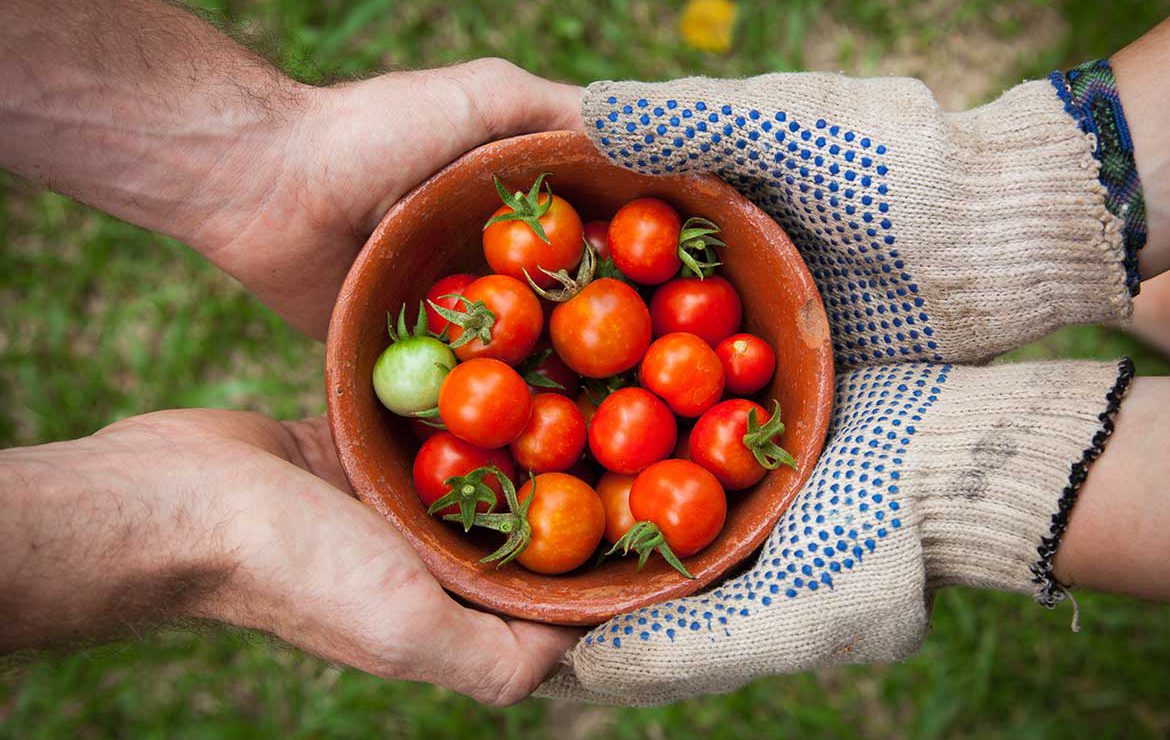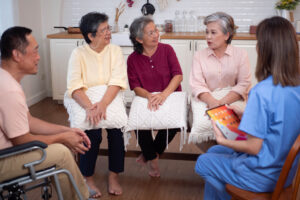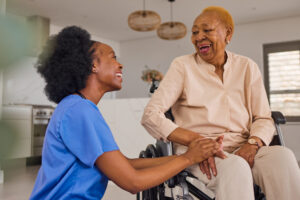Aging in Place: Senior Proofing our Homes

Elderly home accidents due to falls and trips are cited as one of the factors that usually affect the disabilities of the elderly. In addition, as people get older, some daily tasks that used to be straightforward become more complex.
Studies reveal that most falls among the elderly happen at home, especially those living in urban areas. Therefore, it is crucial to understand that home safety plays a vital role in ensuring the utmost care for our elderly family members.
Identifying the accident-prone regions and appropriate interventions through devices and methods may be done to counter the prevalence of home accidents among the elderly. Senior proofing our homes may require significant changes to make it safer for the older family members, which may include de-cluttering, purchase of adaptive and monitoring devices, home modifications, furniture changes, and home rearrangements.
Various factors need to be identified and taken into consideration in senior proofing our homes which include but are not limited to medication, visual and motor abilities, medical history, and personal habits and tendencies.
Having said this, one of the most critical yet often overlooked steps in the process of senior proofing our homes is the psychological readiness of our elderly family members. An important factor in effective care of family members is keeping our elder loved ones informed about the situation and at the same time allowing everyone ample opportunity and time to ask questions and bring up concerns.
Conversations and Changes
Preparing our elderly and the whole family cannot be achieved overnight. It may require multiple conversations as well as sessions discussing other helpful options such as having having caregiving services and assistance by a home care professional at home. Senior proofing our homes may sound very easy but it is important to acknowledge that as much as it takes a physical, financial, and mental toll on the other family members, it takes a psychological and emotional toll on the elderly, with them realizing that they are in a frailer state and would require more help. Open communication and compassion during this process would certainly make things lighter.
Small collaborative decisions and steps would be essential to as this would make our elderly family members feel included and important. It would make changes much more acceptable for the whole family. Making the whole process collaborative would help members communicate and would most probably release any possible tension and concern among the family.
Organizing Clutter to Renovating
De-cluttering and re-arranging our homes may be very challenging. Some of our items at home may have some sentimental value. Getting rid of these things or packing them away may cause issues to arise among members. It is also necessary to give our elderly an option, if possible, on items they would really like to keep and items that need to be thrown or given away. It is important to remind them and not make them feel empowered by asking them what they feel and prefer in managing our homes.
Many stories involve incidents wherein accidents could have been avoided if homes were clutter-free and easier to manage. With our everyday lives happening at a much faster pace than we would like, making our homes easier to work is critical. We have to understand and acknowledge know how seemingly minor falls and trips can result in accidents that may be hard to recover from or, sometimes, no recovery at all.
In senior proofing our homes, we must remember to keep things to a minimum and keep the living or walking space bigger and more accessible to hold on to. Furniture changes or rearrangements are the some of the most basic steps we need to consider in senior proofing our homes. Some of our furniture may have some dangerous designs or aspects that might cause accidents—for example, pointed table edges, overly sized or multiple appliances, etc. While sometimes, more drastic changes may be involved like room switching and home remodeling which may be costly to the whole family. In considering these changes, it would be very beneficial and efficient for everyone to undertake changes that would be cost-efficient and at the same time agreed upon by the household. This is why it is important as discussed above to start the whole senior proofing process early and collaboratively.
Helpful and Efficient Products for a Senior Proof Home
Grab handles and bars, anti-slip mats, raised toilet seats, shower seats, or benches are among the most common purchases for senior proofing. Some useful items for the whole family especially for our elder members may also include:
- easy to open bottles
- all natural gentler personal care products
- eco-friendly home and personal cleansers
- non-slip socks
Remain Considerate and Gentle
Our elder loved ones may not initially agree with their family members’ fall proofing their homes. Still, it is essential that the whole family remain considerate to the suggestions and comments of our elder family members. Sometimes, our loved ones tend to resist when frightened or unable to process their feelings. It’s important to acknowledge how connection and communication plays an important part in keeping the family together.
References:
Mortazavi, H., Tabatabaeichehr, M., Taherpour, M., & Masoumi, M. (2018). Relationship Between Home Safety and Prevalence of Falls and Fear of Falling Among Elderly People: a Cross-sectional Study. Materia socio-medica, 30(2), 103–107. https://doi.org/10.5455/msm.2018.30.103-107







